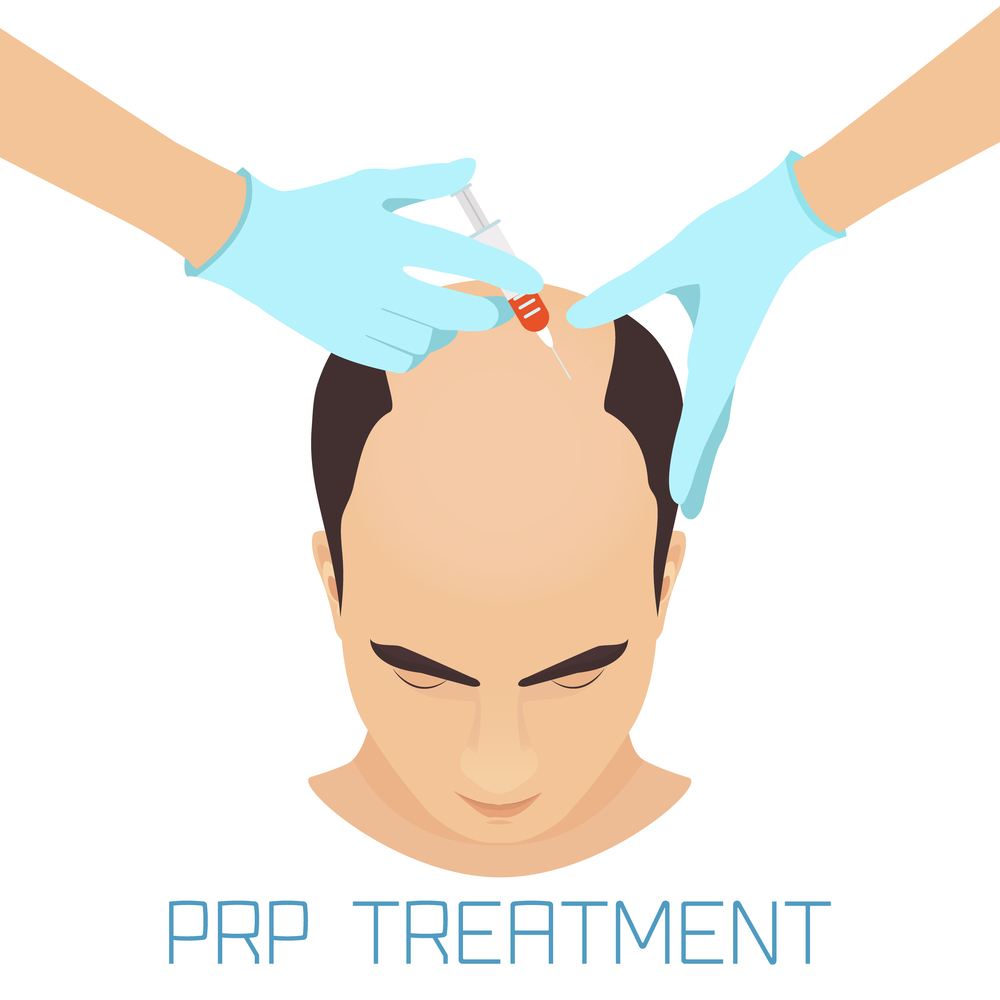
PRP Therapy
15th March 2017
The rise of ‘vampire’ treatments hit us back in 2013, with the likes of Kim Kardashian and her comrades opting for weird and wonderful facials using re-injected blood. At the time, these treatments were big news and came with a slight air of disbelief (who wouldn’t be shocked by a photo of Kim with a face full of her own blood?!). Fast-forward to 2017 and this technique is much more common.
Platelet Rich Plasma Therapy, generally known as PRP, is a method used to stimulate healing through the use of a patient’s own blood. It’s now a familiar method in cosmetic surgery and dermatology and has been known as the ‘go-to’ treatment for sporting injuries and, as mentioned above, facial skin rejuvenation. Now offered at The Farjo Hair Institute, its popularity as a non-surgical hair re-growth treatment is rising and, as such, is now widely offered as a solution for tackling hair loss.
So, how does it work?
PRP therapy involves withdrawing a patient’s own blood and subjecting the whole sample to centrifugation, which separates red blood cells and platelet-poor plasma from the platelet-rich plasma (PRP) using specific gravity differences. The result of the separation is a supply of PRP, which contains enriched cells and essential proteins, ready to be injected into the scalp.
PRP contains a high concentration of platelets that, due to its enhanced growth factors, influence tissue repair in a range of cell types. In terms of hair loss treatment, the essential proteins in PRP aim to stimulate natural hair growth once injected.
As is the case with hair transplant surgery, individual results vary for each patient receiving PRP therapy. While success is not 100 per cent guaranteed, extensive research indicates that most patients will respond well over a course of treatment and see the positive effects within a few months.
PRP therapy usually takes about 80 minutes and is performed under local anaesthetic, so is a practical and feasible option for those seeking immediate treatment.
It’s recommended for patients who are not candidates for surgery or wanting to delay a full hair transplant. PRP can also act as supplementary treatment to patients looking to promote further hair growth after surgical treatment and can be used to complement other non-surgical approaches, such as Minoxidil and Finasteride.
Like all medical procedures, it’s important to get all the information you need to make an informed decision on the treatment. If you’re interested in finding out more, get in touch.


